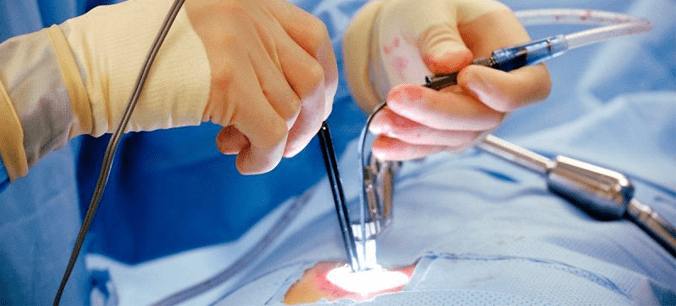Do you want to know the myths about Pilonidal Sinus?
Pilonidal sinusitis is a condition that often comes with misconceptions.
Let’s address and debunk some of the most common myths about this condition to provide clearer insight into what it really entails.
7 Myths About Pilonidal Sinus (You Need To Know)
Myth 1: Problem for Young Adults
Fact: While pilonidal sinus is most commonly diagnosed in young adults, particularly those in their teens and twenties, it can affect people of all ages.
The condition is often linked to factors such as prolonged sitting and poor hygiene, but age is not a strict determinant.
Myth 2: Poor Hygiene
Fact: Although poor hygiene may contribute to the development of pilonidal sinus, it is not the sole cause.
The condition is primarily caused by hair follicles becoming infected, often due to ingrown hairs.
Genetic factors, hormonal changes, and lifestyle choices can also play a significant role.
Myth 3: Pilonidal Sinus is the Same as a Hemorrhoid
Fact: Pilonidal sinus and hemorrhoids are different conditions.
Pilonidal sinus refers to a small, infected cavity near the tailbone, often with hair or debris, while hemorrhoids are swollen veins in the rectal area.
They require different treatment approaches.
Myth 4: Surgery for Pilonidal Sinus is Always Complicated
Fact: While surgery may be necessary for severe cases, not all treatments for pilonidal sinus are complex.
Many procedures are minimally invasive and designed to provide effective relief with relatively quick recovery times.
Myth 5: Pilonidal Sinus is a Rare Condition
Fact: Pilonidal sinus is more common than many realize. It affects about 1-3% of the population, making it a relatively prevalent issue.
Awareness and early treatment are key to managing and curing the condition effectively.
Myth 6: Once Treated, Pilonidal Sinus Never Comes Back
Fact: Although many patients experience long-term relief after treatment, pilonidal sinus can recur, especially if underlying contributing factors, like excessive sitting or improper hygiene, are not addressed.
Regular follow-up and lifestyle adjustments can help reduce the risk of recurrence.
Myth 7: Pilonidal Sinus Only Affects Men
Fact: Pilonidal sinus affects both men and women. While it is slightly more common in men, women are also susceptible to this condition.
Check the condition of gender is not a determining factor for its occurrence.
Conclusion
Understanding the truths about pilonidal sinus helps in better managing and treating the condition. I hope you have understood the myths about pilonidal sinus.
By dispelling these myths, individuals can approach treatment with accurate information and reduce the stigma associated with this common health issue.
If you suspect you have a pilonidal sinus or need more information, consulting with a healthcare professional can provide personalized guidance and treatment options.
For more insights and personalized treatment options, reach out to us at Laserqure Clinic.
Contact Us:
- Email: info@laserqure.com
- Phone: 888-624-1919

